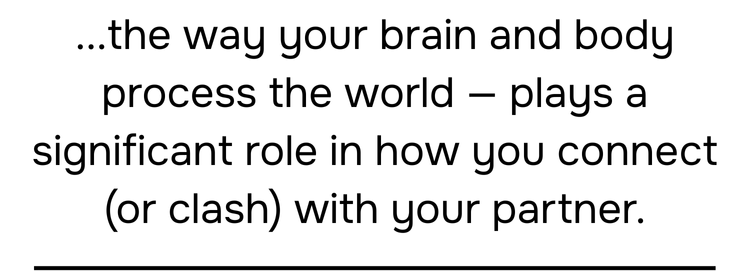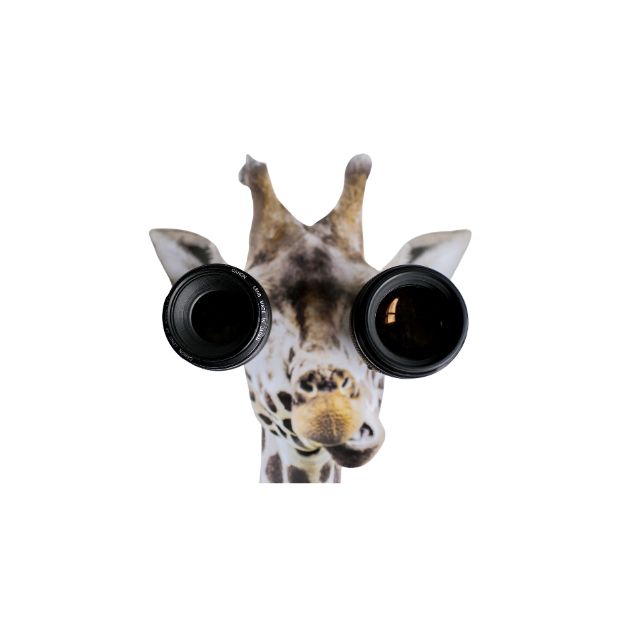How to Strengthen Your Relationship – The Sensory Intelligent Way
Because there’s no right or wrong in love… just different and unique.
“Sweetheart, you complete me.” ❤️
“Why don’t you understand me?!” 😫
“Oh, darling, we’re soulmates.” ❤️
“You’re driving me up the wall!” 😫
Sound familiar? Chances are, you’ve felt all of these within the same relationship—and sometimes even in the same week!

Love is beautiful, but it’s also complex. Those first butterflies and sparks may be magical, but they don’t guarantee long-term harmony. Real relationships require understanding, patience, and a little insight into what makes us wired the way we are. And this is where sensory intelligence® comes in.
Your sensory identity — the way your brain and body process the world — plays a significant role in how you connect (or clash) with your partner. It’s not just about personality or values; it’s about how each of you experiences sound, touch, movement, sight, and more on a neurological level.
Meet the Sensory Identities (as portrayed on the Sensory Tree™)
- Leaves (Sensory Seekers): Thrive on action. They love busy, bright, ever-changing environments and find energy in novelty.
- Roots (Sensory Avoiders): Prefer calm and predictability. Quiet spaces, gentle routines, and low stimulation feel safest.
- Trunks (Sensory Neutrals): The adaptable ones. They swing between busy and calm, adjusting to what the situation—and their partner—requires.
The Good News
When couples share similar sensory identities, there’s often less conflict because needs are naturally aligned. Leaves can chase adventure together. Roots can enjoy peaceful routines without pressure. Trunks flow easily between the two.
The Challenge
Opposites attract, but when stress runs high, those differences become glaring. A Leaf craving a buzzing night out may clash with a Root desperate for a quiet evening in. A Trunk, while adaptable, may feel torn between the two extremes. These mismatches can trigger relationship “storms.”
The Solution
- Know yourself – Identify your sensory needs.
- Know your partner – Understand how they’re wired.
- Respect and celebrate differences – Create space for both of you to recharge in the way you need.
It’s not about changing each other—it’s about balance. By respecting sensory needs, you avoid unnecessary tension and open the door to deeper connection.
When you approach love with sensory intelligence®, the butterflies don’t disappear. They simply grow roots and wings strong enough to last. 🦋


